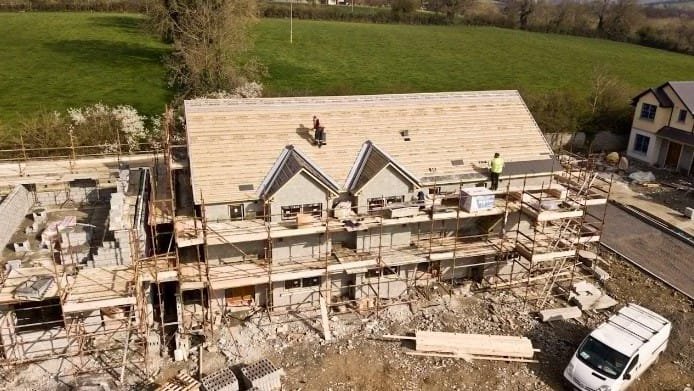In the expansive domain of commercial operation, guaranteeing safe working environments goes beyond a legal necessity—it is a deep-seated moral responsibility. In the context of maintaining your business facilities, particularly those with a substantial rooftop area, the installation of roof anchor points emerges as an essential measure to safeguard your team. Anchor points, indispensable for fall arrest systems, provide a secure attachment locus for personnel carrying out maintenance tasks or repairs at dizzying heights. This piece guides you on some important factors to mull over before engaging professionals for anchor point installation.
Demystifying Roof Anchor Points
Primarily designed for height safety, roof anchor points are integral elements of a fall protection system. They function as a secure anchor for lanyards, lifelines, and other varieties of personal protective equipment (PPE). Regardless of whether the task at hand involves gutter cleaning, conducting roof material checks, or installing solar panels, anchor points significantly mitigate the risks of potentially fatal falls.
Appraising Site and Ensuring Compliance
A comprehensive site appraisal that identifies potential hazards and determines the specific type and quantity of required anchor points is imperative prior to installation. It is advisable to bring on board professionals conversant with both your building’s structural elements and safety regulations set forth by the Occupational Safety and Health Administration (OSHA) or pertinent local authorities.
Non-compliance is not an option. Deviation from safety regulations may lead to hefty fines and, more gravely, endanger lives. Consequently, make certain that your selected installation provider is adequately knowledgeable on all relevant safety prerequisites. For example, you’re in great hands with roof anchor points with Workplace Access & Safety.
Material and Type Selection
Anchor points exhibit inherent diversity. Your roof type and work nature determine the need for a particular anchor point material and design. Anchor points are commonly crafted from stainless steel and galvanised steel, both prized for their robustness and resistance to corrosion.
There exists an array of roof anchor points, including permanent, temporary, fixed, or mobile. Engage in a comprehensive dialogue with your contractor to pinpoint the optimal choice for your business operations. An informed decision will undoubtedly promote anchor point longevity and effectiveness.
Entrusting Professional Installation
While trying to economise by undertaking the installation in-house might seem appealing, it is prudent to delegate this task to certified professionals. These experts have the requisite proficiency to assure the proper and secure installation of anchor points. Besides, they can provide pivotal documentation and certification, instrumental for audits and compliance checks.
Regular Inspection and Maintenance
The journey doesn’t stop at installation. Regular inspection and maintenance of roof anchor points are paramount to preserve a safe workplace. Formulate a routine maintenance schedule with your service provider to certify that the anchor points maintain their peak condition. This involves inspecting wear signs or corrosion and affirming that all safety attributes are operating correctly.
Enlightening Your Staff
Last but not least, raising awareness among your staff about the appropriate use and significance of roof anchor points is vital. Training curricula should encapsulate how to accurately affix PPE to anchor points, understanding load capacities, and identifying potential safety risks. A well-informed team is your foremost safeguard against work accidents.
In summary, while the installation of roof anchor points might appear simplistic, it demands meticulous planning and execution. By contemplating the factors in this guide, you can ascertain not only regulatory compliance but also the safety of your employees—a worthwhile investment for your business’s future. It’s time to take the next stride. Engage a certified professional today for a site assessment and consultation based on your needs.



